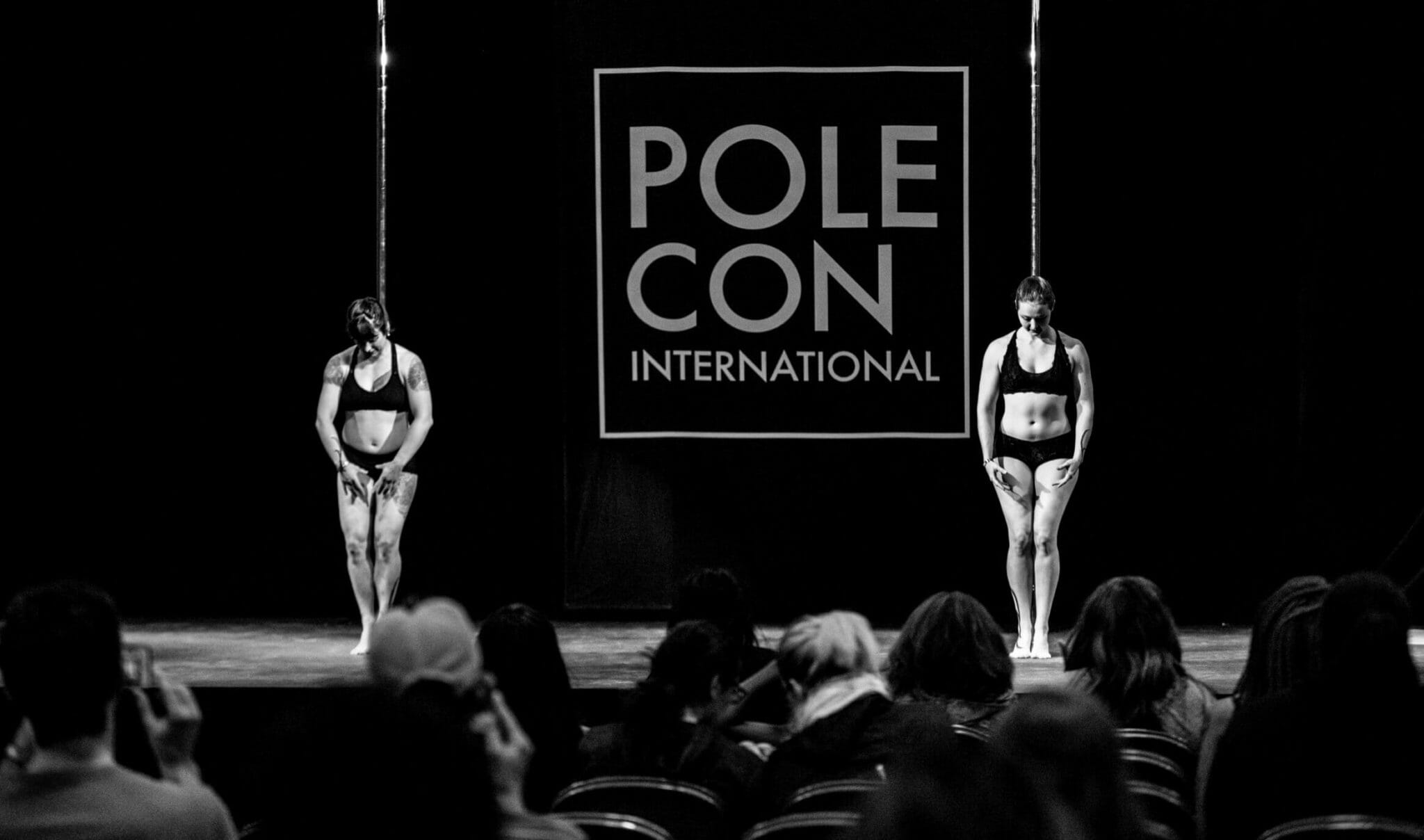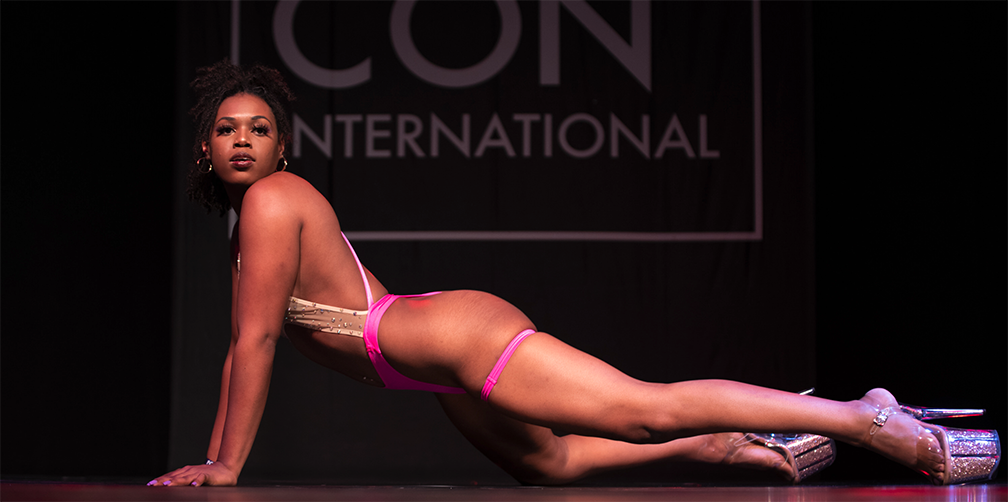
MUSICALITY: What is it? Why is it important? How can I use it?
Musicality is a word that often comes up in pole discussions, but what does it mean? A quick dictionary search tells us that there are two ways musicality can be defined. One way is the ability to perceive music, and the other is the ability to reproduce or create music. Perceiving music involves a knowledge of music in terms of tempo, rhythm, mood and phrasing. Musical creativity is the ability to “feel” the music and interpret, connect with, and add innovative movement. Naturally people define musicality in array of ways, the definitions I found are a good start to understanding what it is.
Musicality is important for all styles of pole dance in that it involves hitting the beats, but also in that it sheds light on the the importance of feeling your music. Many people may choose a song based off of what is popular or considered a good pole song. I think it is even more important to choose music you can relate to in some way. For me, this is how I am able to come up with movements that feel natural to me, even if I am portraying a character outside of my usual choice. After that a dissection of the music occurs, listening to the song on repeat helps to grasp the layers within the music fully.
There are a few ways in which the music can be dissected dancers can examine tempo, melody, harmony, rhythm, volume, mood, and lyrics.
Tempo: Tempo is the speed of the music, its pace
Melody: The main tune in the song-usually the most memorable.
Harmony: The supporting notes to the song—an under-layer
Rhythm: The pattern or flow of the music
Volume: The volume of the music
Mood: Music can carry a particular mood be it happy, hopeful, adventurous, dramatic, sensual etc.
Lyrics: Paying attention to the lyrics can help with musicality and character development
You can listen out for one of the items I listed in the music and create movement based on just that. Finding a layer within the music can provide inspiration for unexpected accents as well as points in the music where a movement may need to be more pronounced. Listening for all of the aforementioned details can be extremely helpful, and also overwhelming at the same time. Sometimes, just listening to the music and really paying attention to how it makes you feel can be the most important exercise of all.
Another helpful tool is your camera, filming yourself freestyling to the music and to particular points in the music brings about a better understanding of how your body moves to different styles of music. Everyone has a different style and the way you move to for instance “Sail” by AWOLNATION may be completely different to anyone else in your studio. You may prefer to highlight the staccato notes (short and quick) versus the legato “oohs” that dominate the song. Whichever you choose, be sure that in the end you and you alone are happy with the result.
- Dancer’s Block - June 15, 2018
- Pole Dance Cross Training Activities for People Who Hate the Gym - May 25, 2018
- What’s in your Pole Bag? - March 9, 2018


